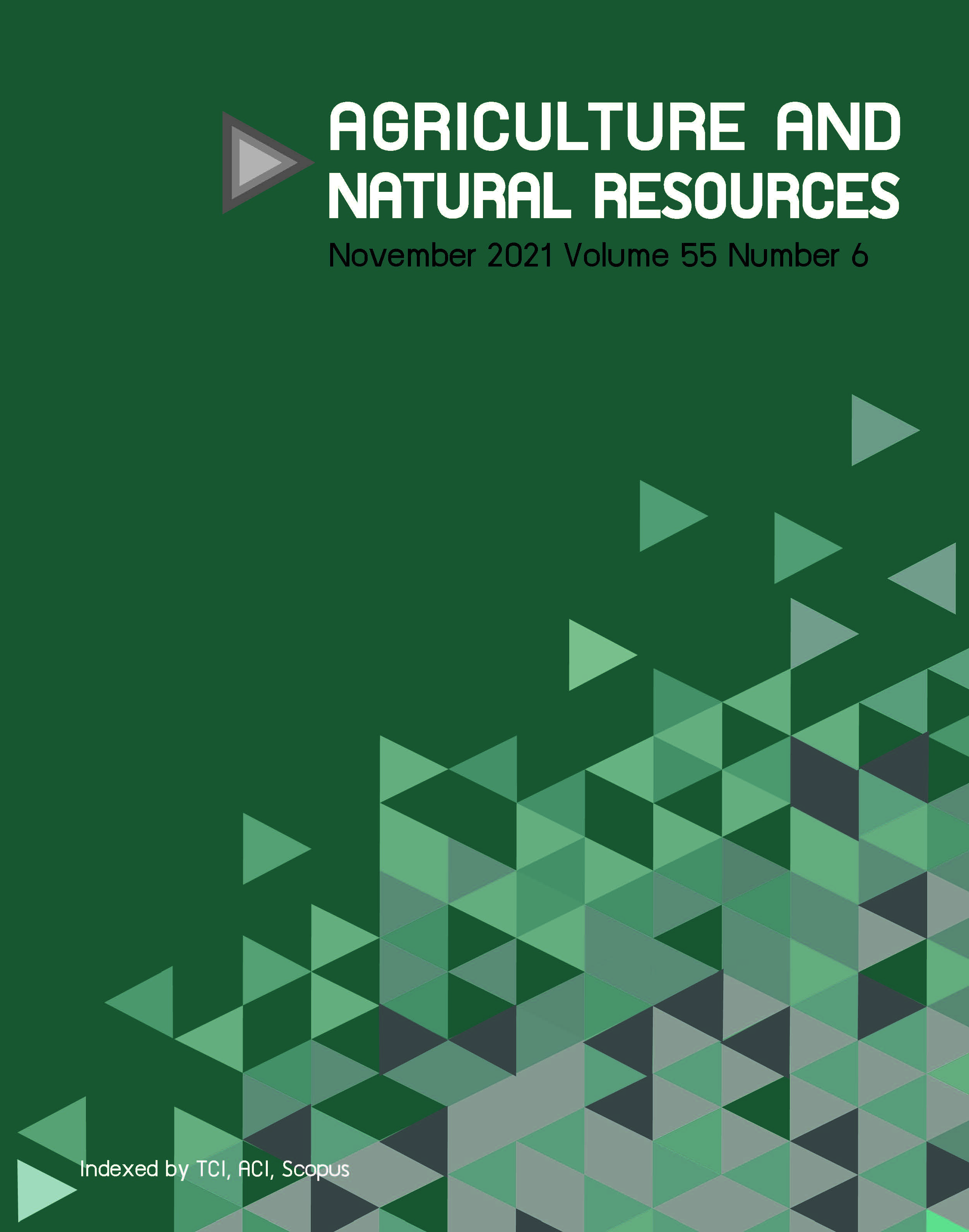Anti-phytopathogenic activities and chemical composition of Ulex europaeus L. extracts
Keywords:
Anti-phytopathogenic activity, Fabaceae, Terpenoids, Ulex europaeus LAbstract
Ulex europaeus L. (Fabaceae) is a plant species introduced in Chile and is known as one of the most invasive plants in the world, whose biological potential has been scarcely explored. The objectives of this study were to perform a chemical characterization and to analyze the anti-phytopathogenic activity of U. europaeus L. extracts for their potential application in agriculture. GC-MS analysis identified high amounts of terpenoids in three organic extracts (hexane, ethyl acetate, ethanol). The most abundant compounds were β-amyrin, lupeol, dl α-tocopherol, sitosterol and neophytadiene; all of these are known to possess antimicrobial properties. The ethanolic extract of U. europaeus had the highest antioxidant activity and phenolic content. The activity against phytopathogens was evaluated on bacteria (Pectobacterium carotovorum NCPPB 312, Pseudomonas syringae NCPPB 281, Rhizobium radiobacter C58C1), fungi (Botrytis cinerea, Gibberella fujikuroi IMI 58289) and one oomycete (Phytophthora cinnamomi). The ethanolic extract produced the highest growth inhibition of the bacteria (100±3.4%; 90±3.4% and 100±4.8%, respectively), whereas the ethyl acetate extract produced the highest inhibition of the fungi (65±1.4% and 100±0.1%, respectively) and the oomycete (100±1%). These results open new alternatives to use the invasive plant U. europaeus L. in agri-food areas for the control of phytopathogens.
Downloads
Published
How to Cite
Issue
Section
License
Copyright (c) 2021 Kasetsart Universityonline 2452-316X print 2468-1458/Copyright © 2022. This is an open access article under the CC BY-NC-ND license (http://creativecommons.org/licenses/by-nc-nd/4.0/),
production and hosting by Kasetsart University of Research and Development Institute on behalf of Kasetsart University.







